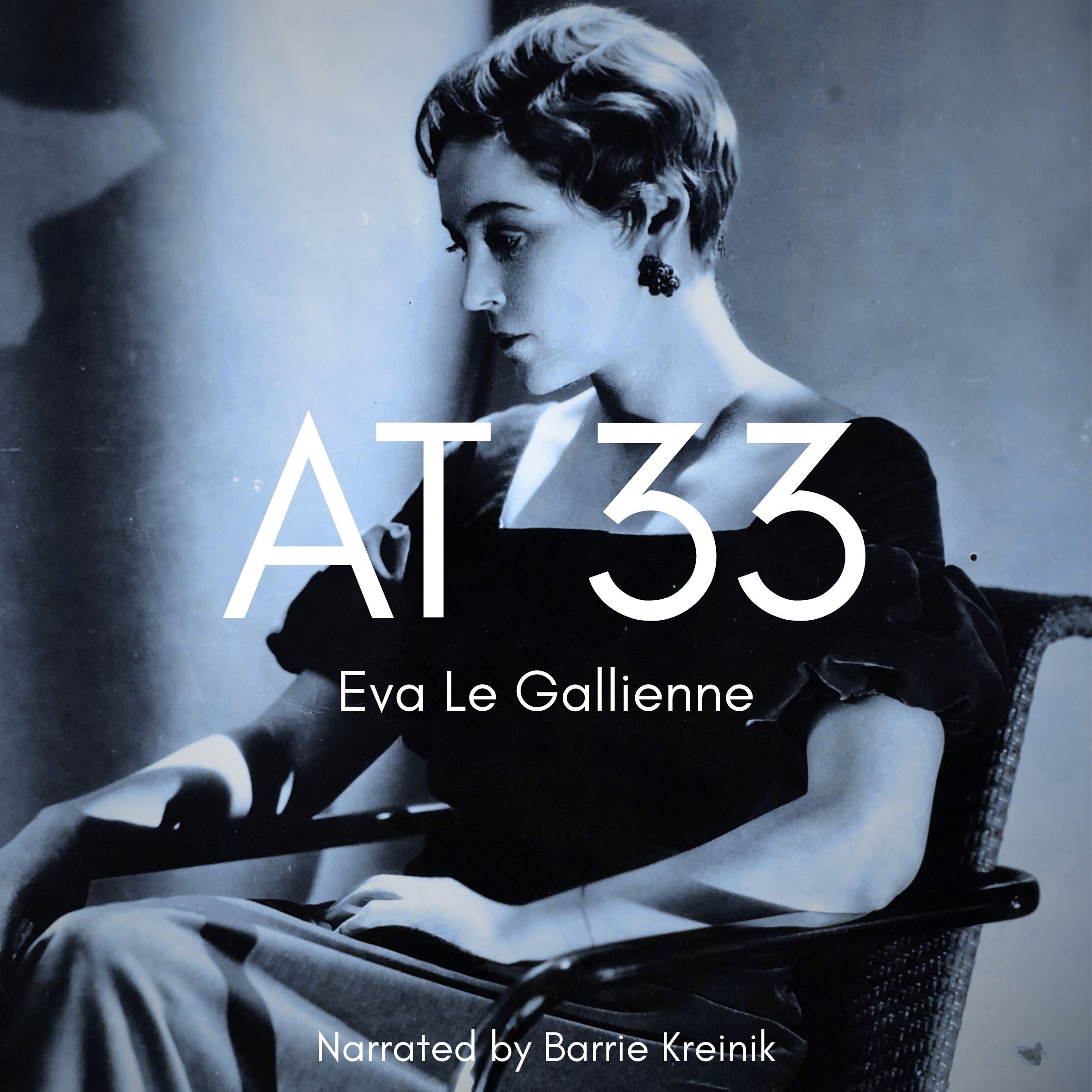Jiangsu 38
Listen to Jiangsu 38, a 20-year-old woman from Hǎi’ān, Jiangsu Province, China. Click or tap the triangle-shaped play button to hear the subject.
Both as a courtesy and to comply with copyright law, please remember to credit IDEA for direct or indirect use of samples. IDEA is a free resource; please consider supporting us.
BIOGRAPHICAL INFORMATION
AGE: 20
DATE OF BIRTH (DD/MM/YYYY): 03/01/1990
PLACE OF BIRTH: Hǎi’ān, Jiangsu Province
GENDER: female
ETHNICITY: Han Chinese
OCCUPATION: student
EDUCATION: university
AREAS OF RESIDENCE OUTSIDE REPRESENTATIVE REGION FOR LONGER THAN SIX MONTHS: N/A
OTHER INFLUENCES ON SPEECH:
The evident attempt at accent reduction has undoubtedly been influenced by American films and the availability of Voice of America (VOA) broadcasts on the Internet. (See detailed commentary below.)
The text used in our recordings of scripted speech can be found by clicking here.
RECORDED BY: Bill McCann
DATE OF RECORDING (DD/MM/YYYY): 05/05/2010
PHONETIC TRANSCRIPTION OF SCRIPTED SPEECH: N/A
TRANSCRIBED BY: N/A
DATE OF TRANSCRIPTION (DD/MM/YYYY): N/A
ORTHOGRAPHIC TRANSCRIPTION OF UNSCRIPTED SPEECH:
I come from Jiangsu, China. I began to learn English when I was at middle school. I was excited because English was fresh to me and I really worked hard at it. So I usually go full marks at English. That made me happy. Now, I’m in – I’m a college student and I choosed English as my major. I hope I can become an excellent English speaker. [The subject now goes on to read abstracts from the Analects of Confucius in her own Hǎi’ānhua dialect. (See the detailed commentary below.) She has also provided a pinyin transliteration. A reading in Putonghua (Mandarin) can be heard on the Hebei 1 sample.]
TRANSCRIBED BY: Bill McCann
DATE OF TRANSCRIPTION (DD/MM/YYYY): 07/08/2013
PHONETIC TRANSCRIPTION OF UNSCRIPTED SPEECH: N/A
TRANSCRIBED BY: N/A
DATE OF TRANSCRIPTION (DD/MM/YYYY): N/A
SCHOLARLY COMMENTARY:
SHORT READINGS FROM THE ANALECTS OF CONFUCIUS
KEY: A = Mandarin (Simplified); B = Mandarin (Pingyin); C = Dialect (Pingyin); D = English.
孔子: 论语 – Kǒng zǐ : lún yǔ – Kon zi: len yu – Confucius: Lun Yu
學而第一 – xué ér dì yī – Xia ér dì yī – Chapter One
A: 1-1:- 子曰: 學而時習之、不亦說乎。
B: yī-yī :- zǐ yuē: xué ér shí xí zhī, bù yì yuè hū.
C: yī-yī :- zi ya, xia er si xi zi, be yi ya fu
D: 1-1:- The Master said: Is it not pleasure to learn, and practice what is learned time and again?
A: 1-2:- 有朋自遠方來、不亦樂乎。
B: yī-èr:- yǒu péng zì yuǎn fāng lái, bù yì lè hū.
C: yī-èr:- you peng zi yuan fang lai. be yi ya fu.
D: 1-2:- Is it not happiness to have friends coming from distant places?
A: 1-3:- 人不知而不慍、不亦君子乎。
B: yī-sān: rén bù zhī ér bù yùn, bù yì jūn zi hū.
C: yī-sān: ren be zi er be yun, be yi jun zi fu.
D: 1-3:- Is it not virtue for a man to feel no discomposure when others take no note of him?
為政第二 – wéi zhèng dì èr – wéi zhen dì ér – Chapter two
A: 2-2:- 子曰:「詩三百,一言以蔽之,曰:『思無邪』。
B: èr-èr:- zǐ yuē: shī sān bǎi, yī yán yǐ bì zhī , yuē: sī wú xié.
C: èr-èr:- zi ya, si san bo, yi yan yi bi zi, ya, si wu ya.
D: 2-2:- The Master said: In the Book of Odes there are three hundred poems, but they may be summarised in a single sentence: Think no evil.
A: 2-7:- 子游問孝。子曰:今之孝者,是謂能養。至於犬馬,皆能有養;不敬, 何 以別乎。
B: èr-qī:- zǐ yóu wèn xiào. zǐ yuē: jīn zhī xiào zhě, shì wèi néng yǎng. zhì wū quǎn mǎ, jiē néng yǒu yǎng; bù jìng, hé yǐ bié hū.
C: : èr-qī:- Zi you wen xiao, zo ya, jin zi xiao zei, si wei neng yang. Zi yu quan ma, jei neng you yang, bu jin, you hu bei fu.
D: 2-7:- Zi You asked what filial piety was. The Master said: Nowadays, providing support for one’s parents is considered filial piety. But dogs and horses can also do this. If there is no respect, what is the difference?
A: 2-10:- 子曰:「視其所以,觀其所由,察其所安。人焉叟哉?人焉叟哉?
B: èr-shí :- zǐ yuē: shì qí suǒ yǐ , guān qí suǒ yóu, chá qí suǒ ān. rén yān sǒu zāi? rén yān sǒu zāi?
C: èr-shí :- Zi ya, si qi suo yi, quo qi sou you, ca qi sou an, ren yan sou zai, ren yan sou zai.
D: 2-10:- The Master said: Watch what a man does. Find out his motives. See how he takes his ease. How then can the man hide his true self? How can the man hide his true self?
COMMENTARY
This is a good example of a modern Chinese English speaker who has made an attempt at accent reduction (which is only partly successful) but who also retains many of the usual problems that Chinese speakers find with English. Curiously, and uniquely thus far, she confuses the /U@/ and /@U/ phones in “cure” and “tune,” but, unlike many other Jiangsu samples, pronounces “Duke” perfectly.
The subject’s dialect, Hǎi’ānhua, belongs to the Tong-Tai, or Tai-Ru, dialect group. This is a sub-dialect of Jianghuai Mandarin and is confined to the middle-east coastal area of Jiangsu Northern Plain. It takes its names from the three landward cities that more or less define the area – Tongzhou in the west, Taizhou in the north, and Rugao/Rudong in the south.
Geographically, this linguistic area is situated to the north of the Chang Jiang (Yangtze) River and to the east of the Beijing-Hangzhou (Grand) Canal and covers an area of 15,000 square kilometres (5,800 square miles). It is estimated that about 11.4 million people speak the dialects in this group.
Linguistically, the area can be subdivided into three vernacular regions: west, middle, and east, which are distinguished by differences in the use of the /l/, /n/, and /r/ consonants. The subject in this sample comes from a city, Hǎi’ān, that is on the border between the western and middle of these vernacular regions. Another major feature of these dialects is that they do not follow the T3 sandhi rule, which most other Mandarin dialects follow. Mandarin has four tones, the third of which is a falling-rising tone. The T3 sandhi rule states that when a tone 3 occurs before another tone 3, it changes into tone 2, a rising tone. When it occurs before any of the other tones, it is pronounced as a low falling tone without a rise at the end. All of this linguistic area used to be part of, or heavily influenced by, the Wu culture of south Jiangsu, and there is, therefore, a marked preservation of aspects of the Wu dialects in these vernacular regions. The Readings from the Analects of Confucius on this sample should be compared with that in the Jiangsu 32 sample, which represents the dialect from the western vernacular region of this part of Jiangsu.
The subject’s hometown is Hǎi’ān, which has given its name to a small agricultural county under the administration of Nantong. Archaeological evidence demonstrates that early humans settled in this area more than 5,000 years ago. In recorded history, Hǎi’ān has a much chequered past as an independent jurisdiction which was changed or abandoned many times according to the vicissitudes of wars and imperial ambitions.
COMMENTARY BY: Bill McCann
DATE OF COMMENTARY (DD/MM/YYYY): 07/08/2013
The archive provides:
- Recordings of accent/dialect speakers from the region you select.
- Text of the speakers’ biographical details.
- Scholarly commentary and analysis in some cases.
- In most cases, an orthographic transcription of the speakers’ unscripted speech. In a small number of cases, you will also find a narrow phonetic transcription of the sample (see Phonetic Transcriptions for a complete list). The recordings average four minutes in length and feature both the reading of one of two standard passages, and some unscripted speech. The two passages are Comma Gets a Cure (currently our standard passage) and The Rainbow Passage (used in our earliest recordings).
For instructional materials or coaching in the accents and dialects represented here, please go to Other Dialect Services.
 IDEA: International Dialects of English Archive
IDEA: International Dialects of English Archive



